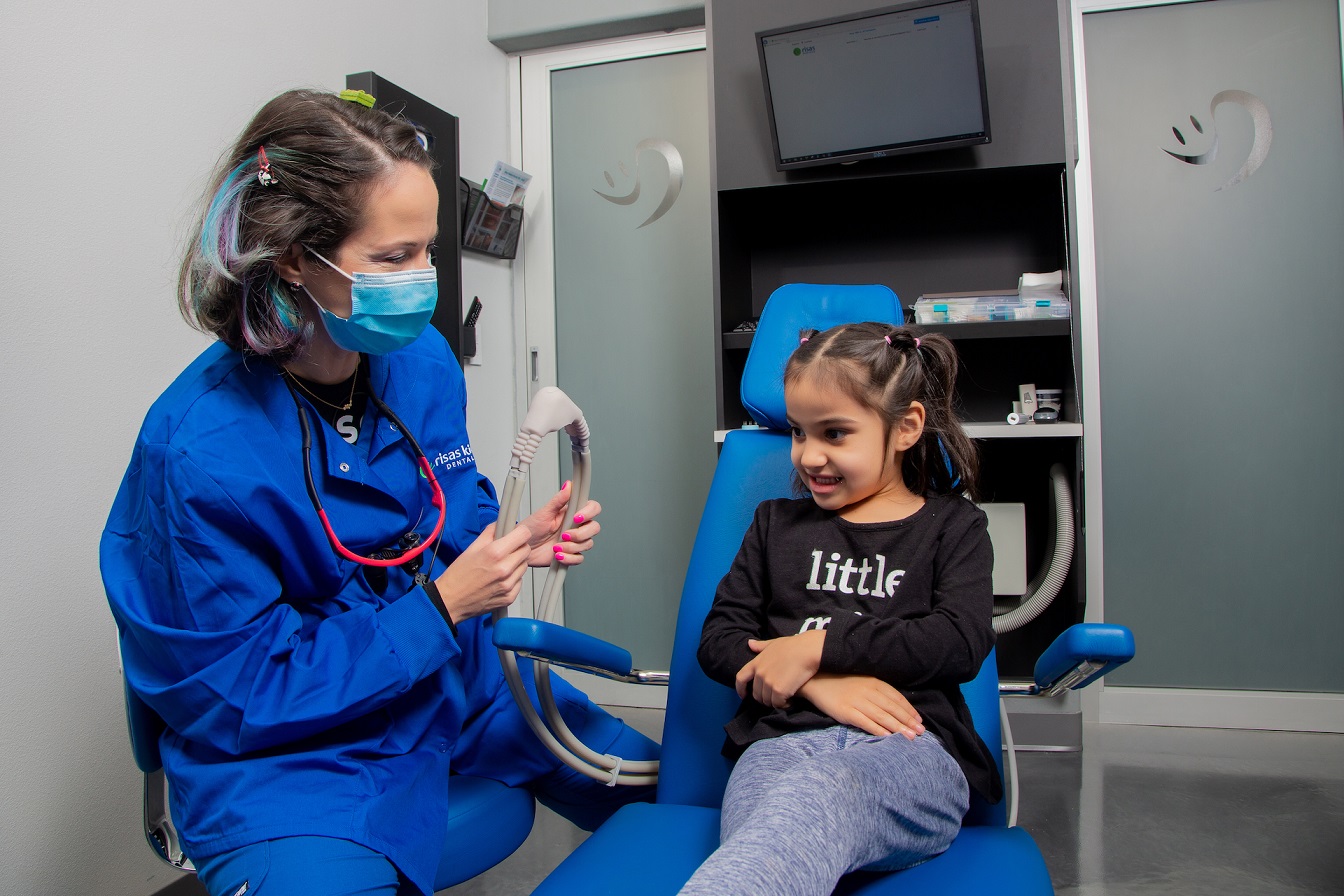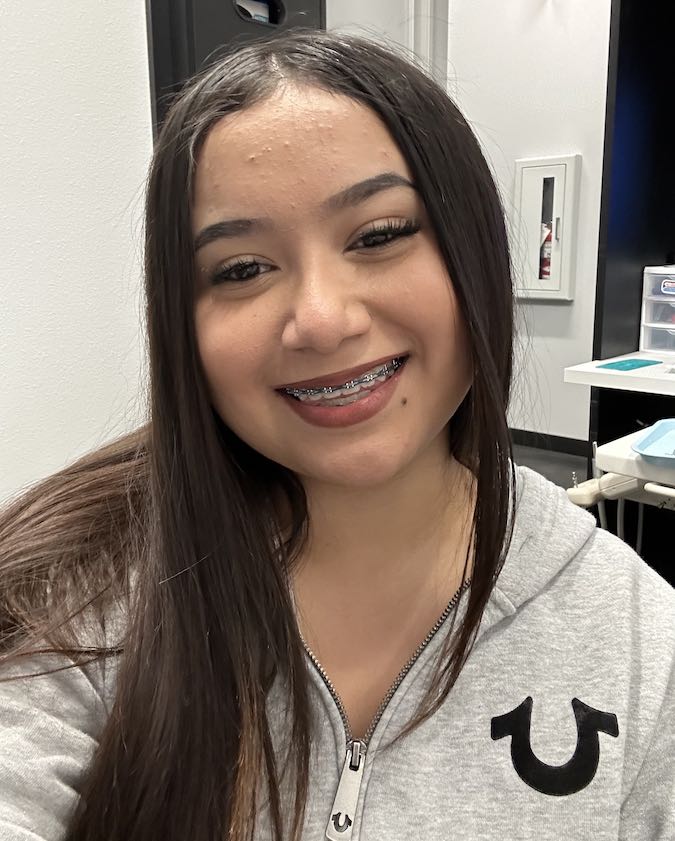Are you thinking about sedation for your child’s dental treatment? Dental sedation is often very helpful for children that are apprehensive or anxious about dental treatment. It is also very effective in preventing dental-related trauma later in life.
Below is a breakdown of the types of sedation, in order from lightest to deepest sedation. Our Risas dentists can help you determine which is best for your child’s specific needs. No matter which type of sedation is selected, your child will be closely monitored by staff for the duration of the appointment.
Types of Sedation
Nitrous Oxide
Nitrous oxide, also known as “laughing gas,” is the lightest level of sedation that your child can receive during their dental treatment. This odorless gas is administered through a scented mask that covers your child’s nose while the procedure is being completed. This type of sedation helps your child relax while also helping to decrease pain/discomfort. Your child will still be fully awake and able to talk.
Once your child’s dental treatment is completed, they will breathe 100% oxygen until the effects of the Nitrous Oxide have diminished. Your child will have no lingering drowsiness or sedation from nitrous oxide when leaving the office.
Conscious Oral Sedation
The next level of sedation is oral conscious sedation (OCS). This type of sedation involves your child drinking/ingesting a combination of medications 20-30 minutes before the start of their procedure. Once the medication has begun to take effect, the child will then also receive nitrous oxide throughout their dental procedure.
OCS has a deeper anesthetic effect than nitrous alone and your child will experience some lasting effects for up to 24-48 hours following their visit. It should also be noted that your child will likely not remember most of their visit, making it a great option for children with existing dental anxiety. To protect your child from unexpected movements, we will also cover them with a comfortable protective blanket.
IV Sedation
IV sedation is moderate sedation that involves the placement of a small catheter into a vein in the hand or arm. This is a fast-acting “twilight” sedation that helps greatly with anxiety and discomfort. While your child will be awake and responsive during the procedure, they will not remember their dental appointment. This makes IV sedation an excellent option for extremely apprehensive and nervous children. To protect your child from unexpected movements, we will also cover them with a comfortable protective blanket.
Following the treatment, the IV catheter is removed and your child will be ready to go home once they become more alert and responsive. You can expect some lasting sedation for 24-48 hours following their visit.
General Anesthesia (GA)
General Anesthesia (GA) is the deepest type of sedation offered and is done by a licensed anesthesia provider in the office. This is the type of anesthesia you would expect to receive during surgery in the hospital. With this type of sedation, your child will be completely asleep and will have no recollection of the procedure. You can expect your child to either be asked to breathe through a special mask or receive a small catheter to be placed in a vein in their hand or arm, where the anesthesia medications will be administered.
When the dental treatment is completed, your child is woken up and monitored until they are alert and responsive. At this time, they are ready to go home. You can expect some lingering drowsiness and slight sedation to last 24-48 hours. The decision to use General Anesthesia can depend on health issues, how severe anxiety is, and their ability to cooperate with the nitrous mask or oral medication.
During your sedation consultation, your dentist will ask for detailed health and dental history. After considering several factors, your dentist will recommend the best method of sedation to keep your child safe during treatment. Answering all the questions fully and honestly is the best way to keep your child safe during sedation.
Overall, sedation is extremely safe and effective when performed by a trained and certified dentist. We follow all sedation guidelines from the American Academy of Pediatric Dentistry to ensure the safety of your child. Discuss all sedation and monitoring options with your Risas Kids Dentist to ensure that the perfect sedation treatment plan is created for your child.

